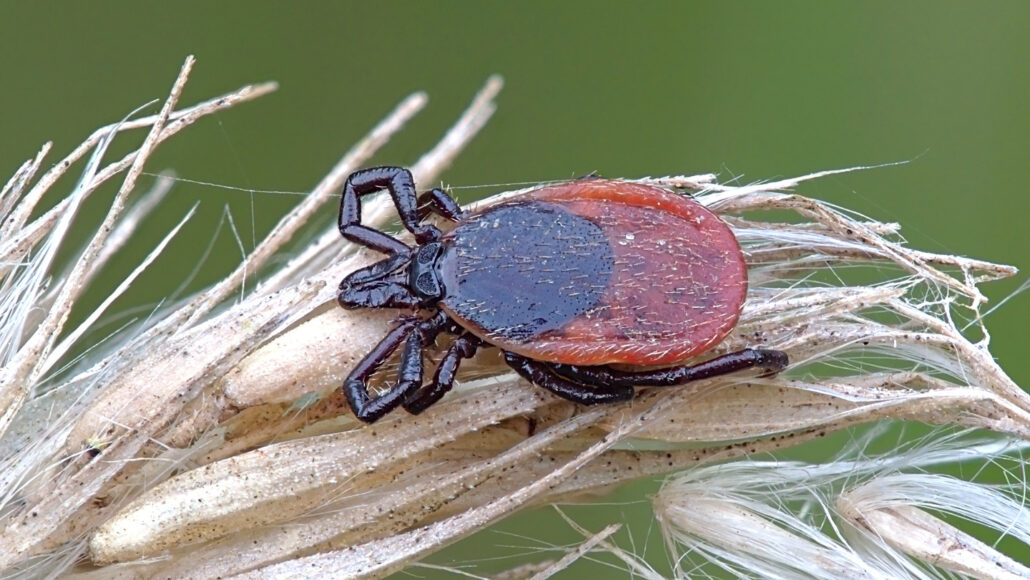Static electricity can pull ticks on to their hosts
It's possible other external parasites might respond to electrostatic forces the same way

Ticks, like this castor bean tick (Ixodes ricinus), might sometimes make the jump to hosts thanks to static electricity.
W.alter/Wikimedia (CC BY-SA 4.0)